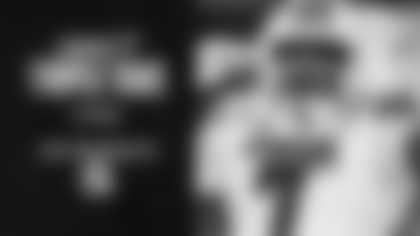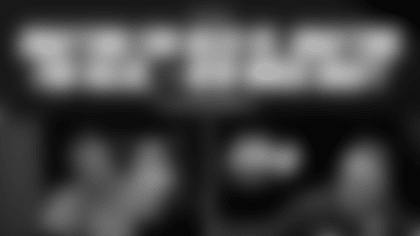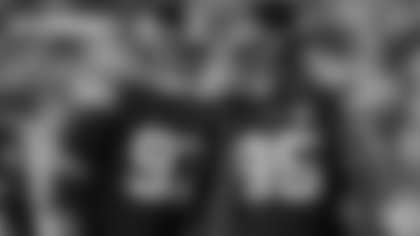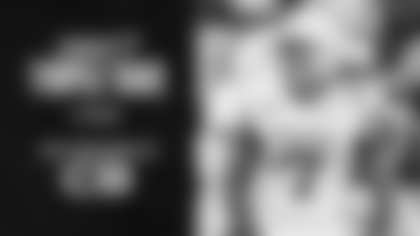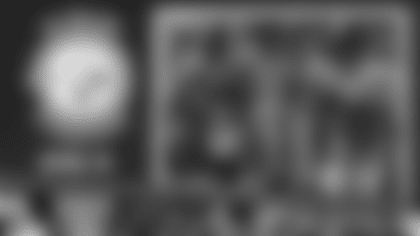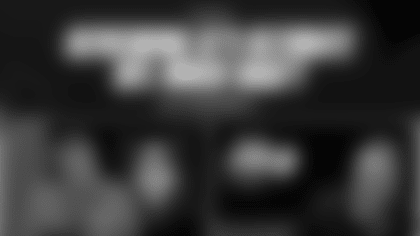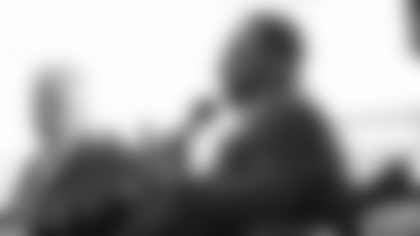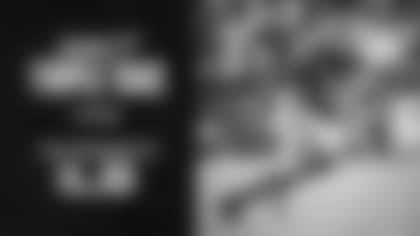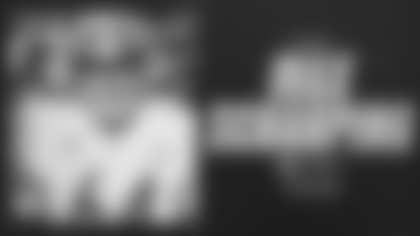"The Dallas Cowboys." Those words were spoken in the heat of the day, during an afternoon practice at Saint Vincent College. It was the summer of 1980, my rookie year, and we were preparing to go to Dallas to play the Cowboys in the preseason finale. Just as the Steelers had done in 1978, and 1979. And of course, those were seasons that ended with Lombardi Trophy presentations.
Chuck Noll apparently liked to finish off the preseason with a game in the fiery heat and humidity of Dallas, Texas, and do so in August. Sort of "make it as miserable and as hard as you can" to end another Noll training camp, which always was an exercise in pain tolerance and misery all by itself.
The tone of the voice speaking those three words was that of apparent disgust, as if the very thought of the Cowboys, or even mentioning their name, was an insult to the hallowed grounds of Saint Vincent College, where back-to-back Super Bowl seasons were born in 1974-75 and then again in 1978-79.
The speaker was my offensive line coach Rollie Dotsch, a hardened and grizzled veteran of the NFL coaching profession. And a throwback to the days when the NFL wasn't quite so full of fog machines, razzle dazzle, and red zone highlights.
"They have bouffant hairdos, and they coach computers," continued Rollie, with more than a little tinge of disgust and disdain. And then he spat on the ground, as if to emphasize his feelings. And in that moment, I began to get a glimpse of how bitter the battles between the Cowboys and the Steelers actually were throughout the 1970s. The obvious disdain that much of the Steelers coaching staff felt towards the Cowboys back then, and they with the Steelers, had to do with the extraordinary run of success that the Steelers had enjoyed. As had the Cowboys, but there were two losses in Super Bowls that the Steelers had pinned on the "Cry-boys," as they had come to be known in the 'Burgh.
I remember a few years later listening to Jack Lambert crooning on a microphone, sort of an early 1980s version of Karaoke, and singing an old Waylon Jennings tune, "Mama, Don't Let Your Babies Grow up To Be Cowboys," with a touch of professional sarcasm (Jack wasn't bad at singing, either). There was an obvious rivalry between the two teams. Adding fuel to the fire was the open way they were mocked in the 'Burgh as "America's Team" even though they couldn't beat Pittsburgh's team in the biggest showcase of professional football.
Take a look at the Steelers and Cowboys rivalry through the years
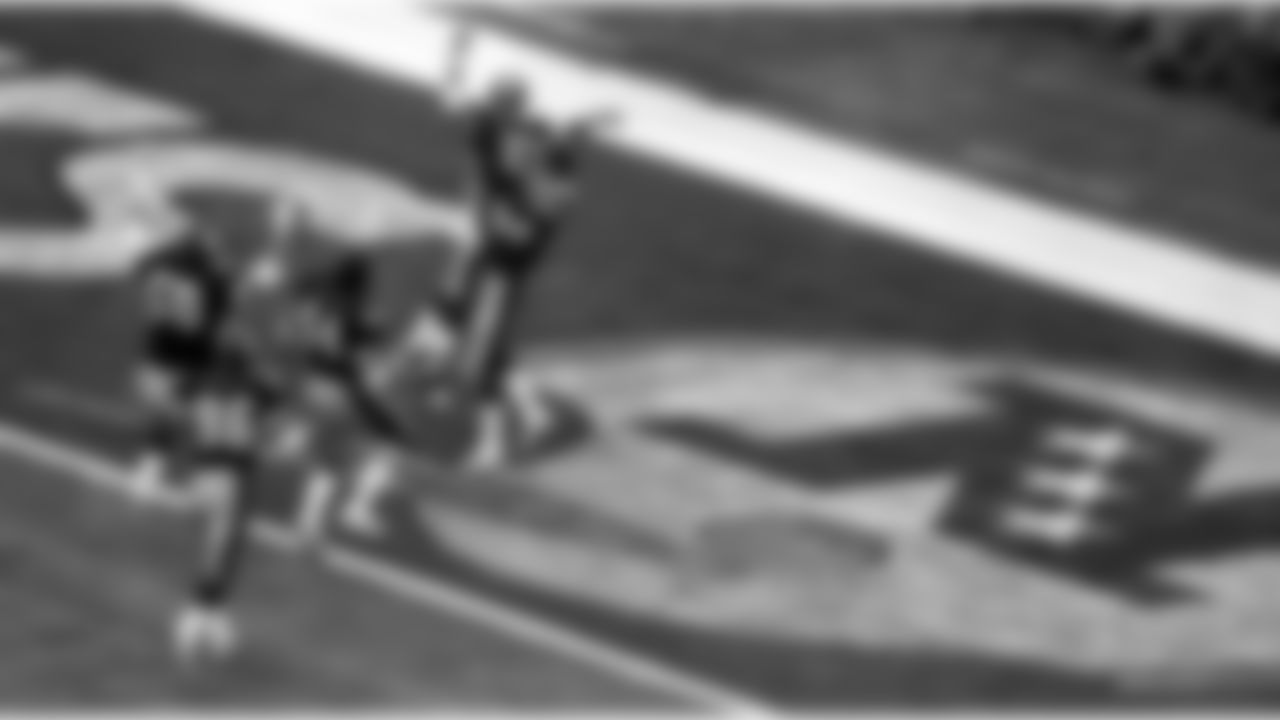
Super Bowl X - Steelers win 21-17

Super Bowl X - Steelers win 21-17

Super Bowl XIII - Steelers won 35-31
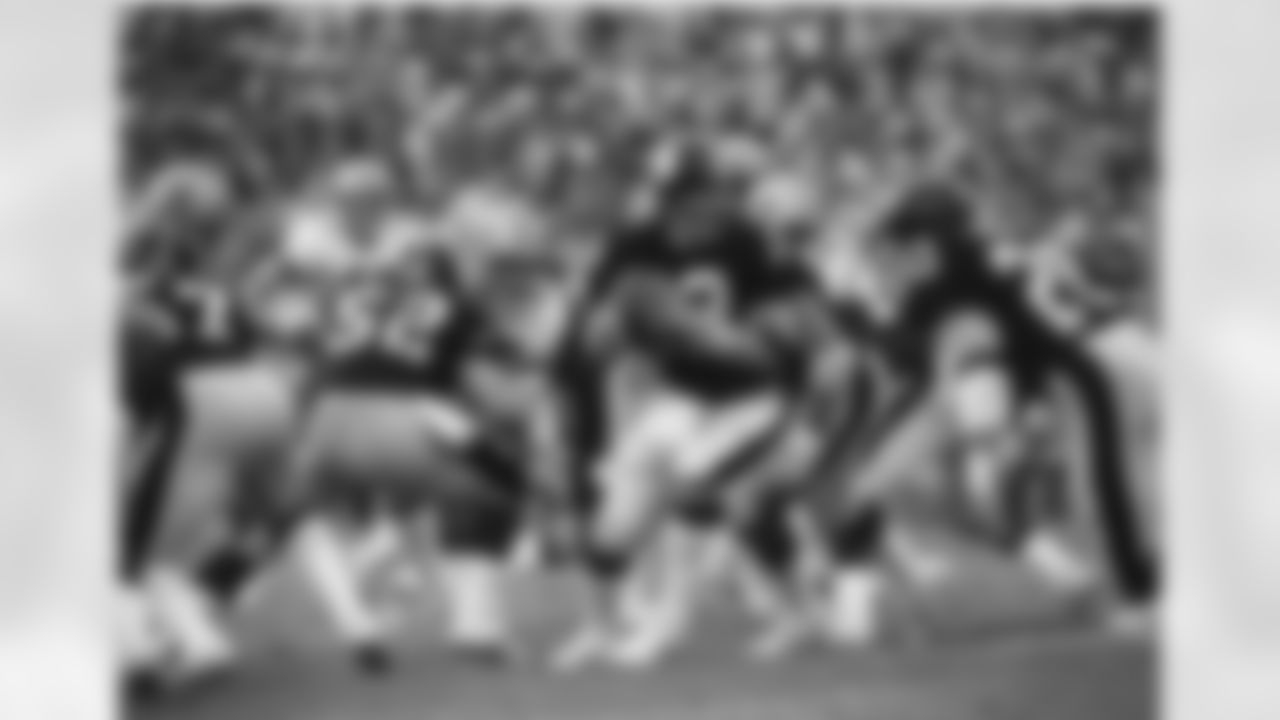
Super Bowl XIII - Steelers won 35-31
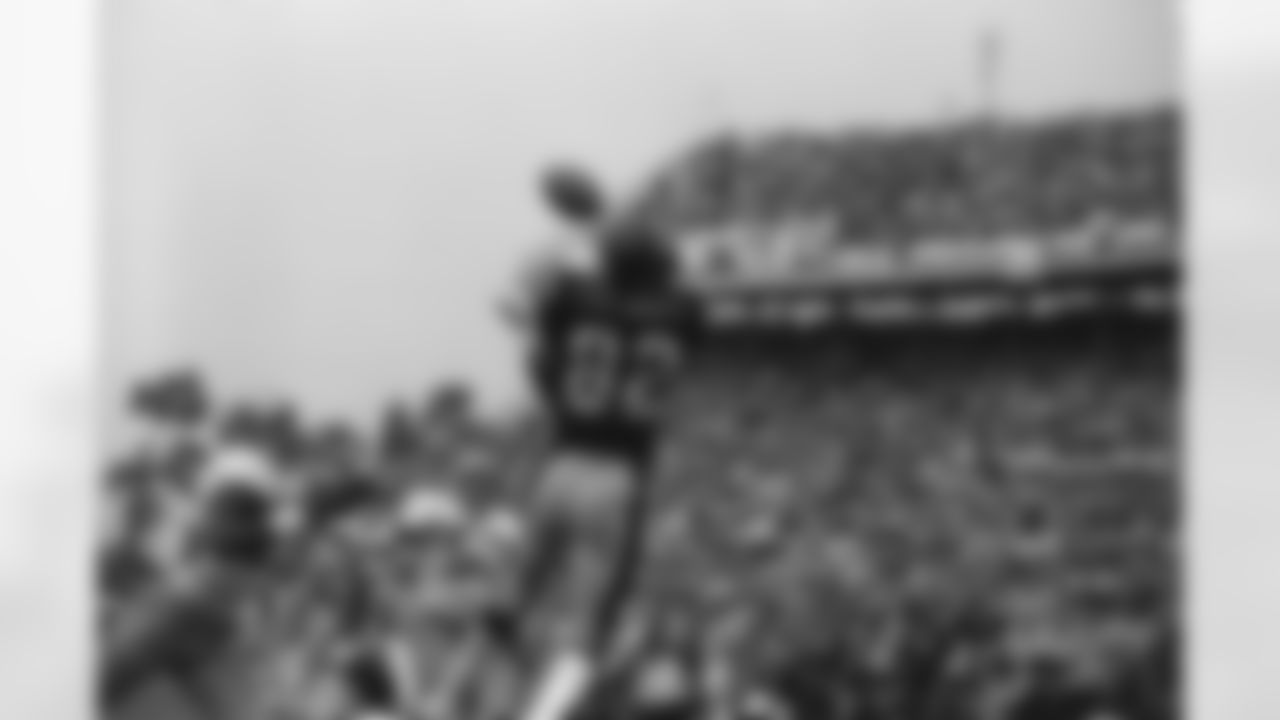
Super Bowl XIII - Steelers won 35-31
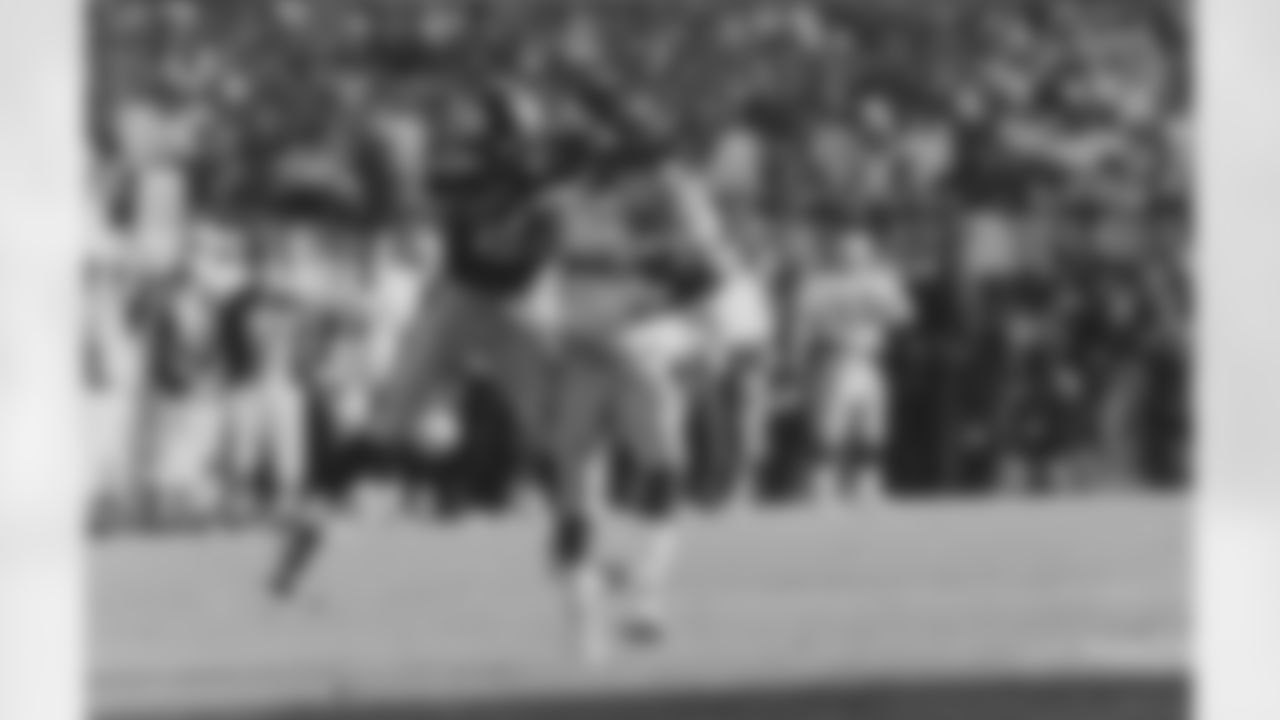
Super Bowl XXX - Cowboys won 27-17
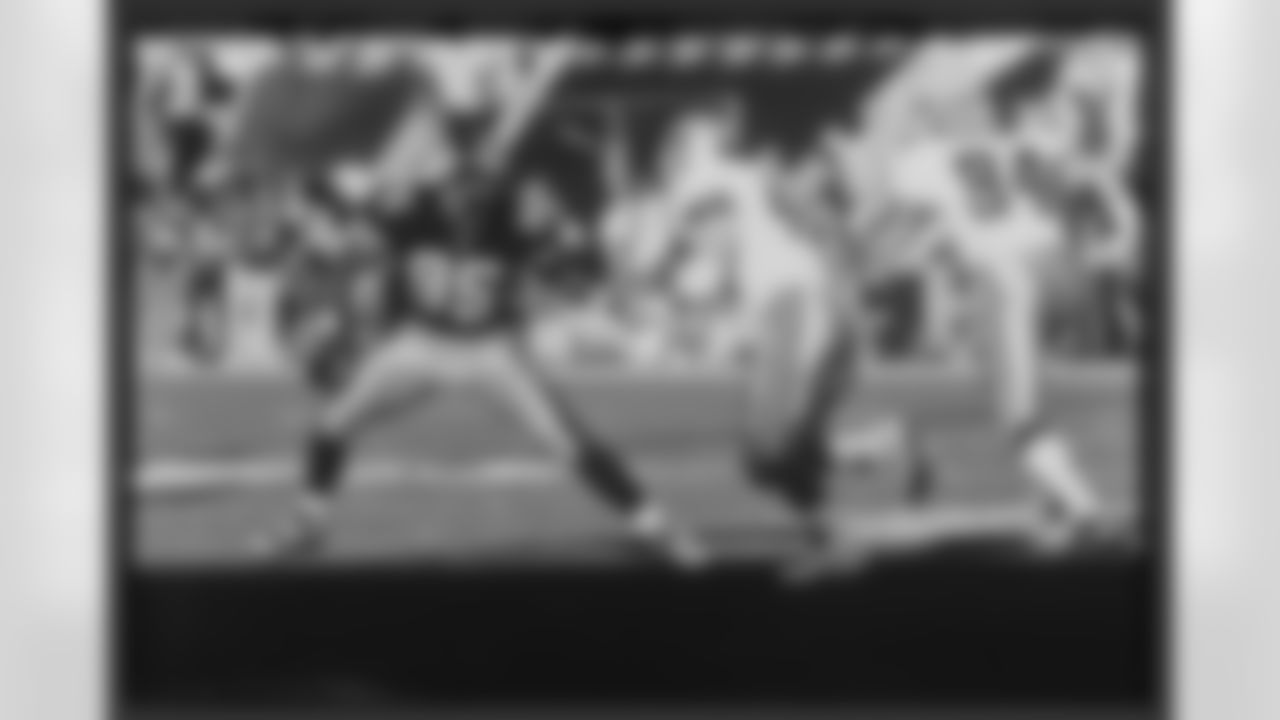
Super Bowl XXX - Cowboys won 27-17
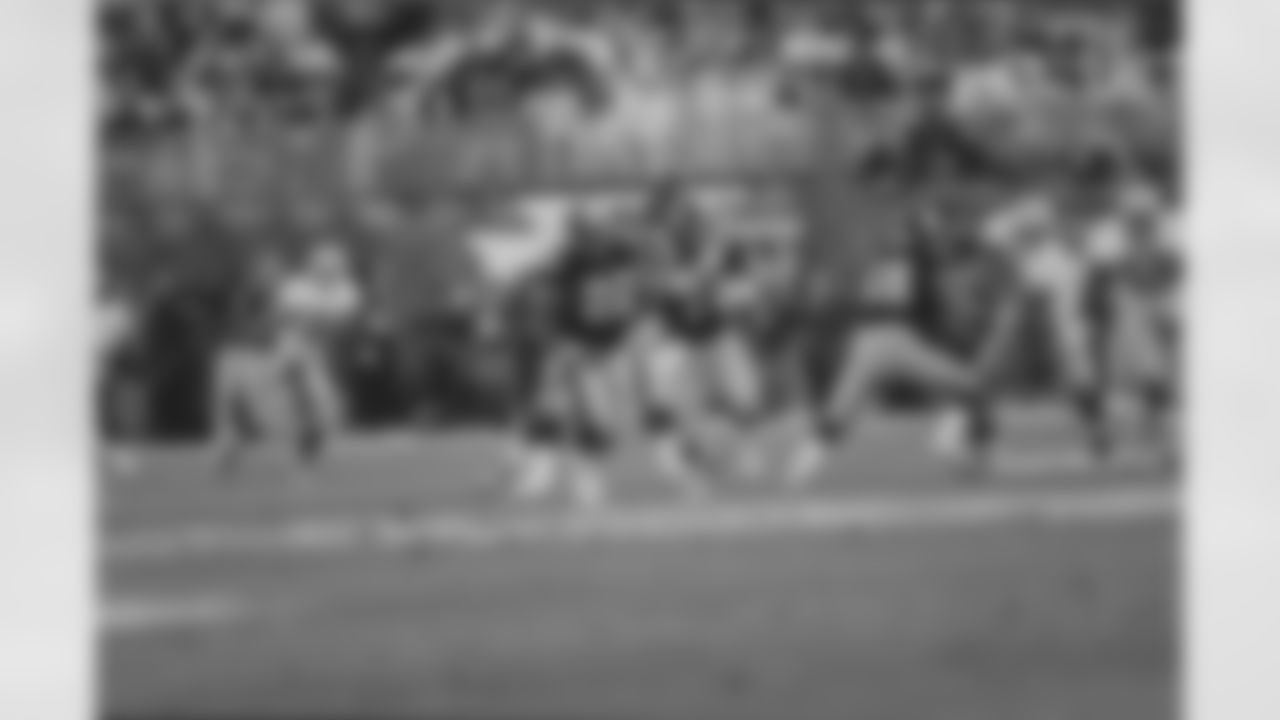
Super Bowl XXX - Cowboys won 27-17
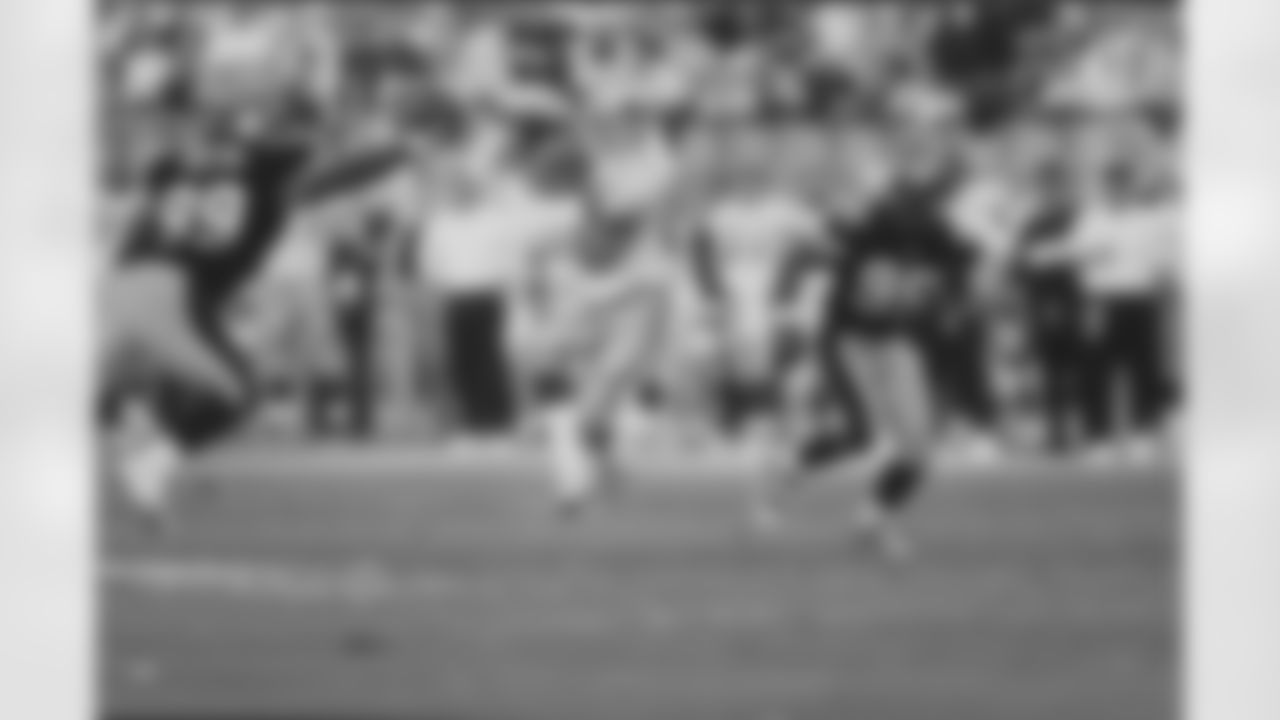
Super Bowl XXX - Cowboys won 27-17
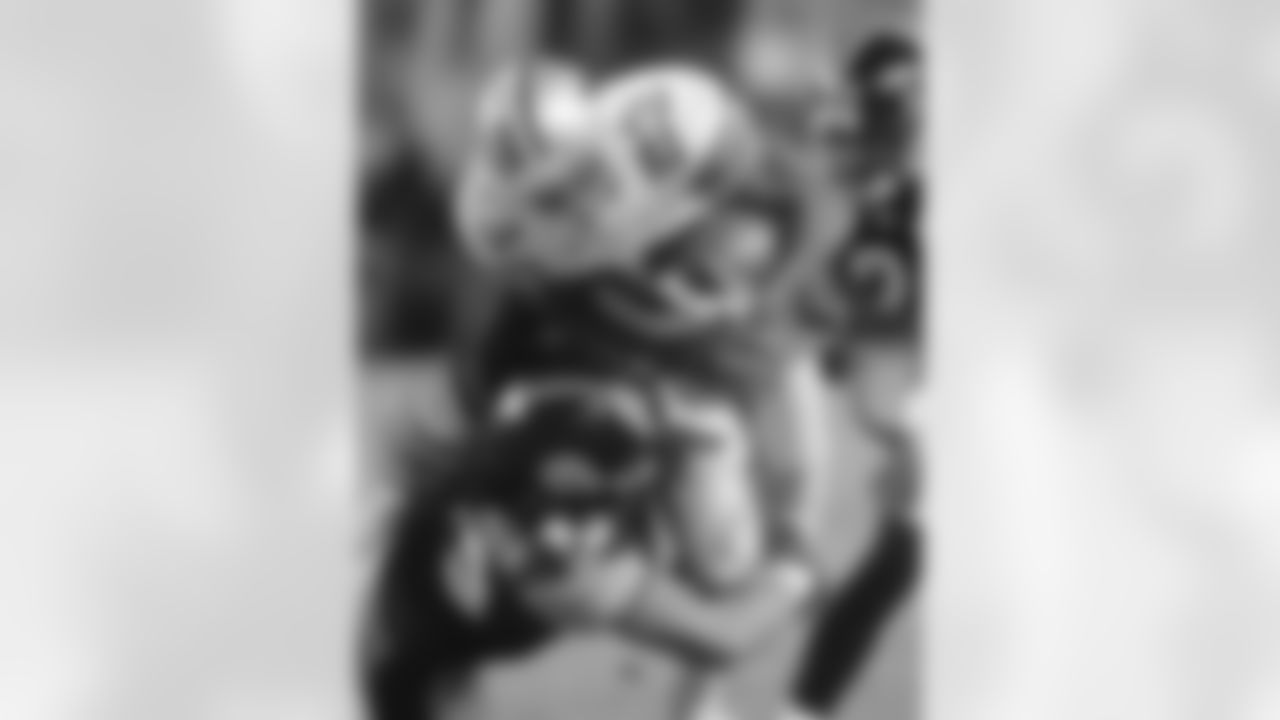
December 7, 2008 - Steelers won 13-20
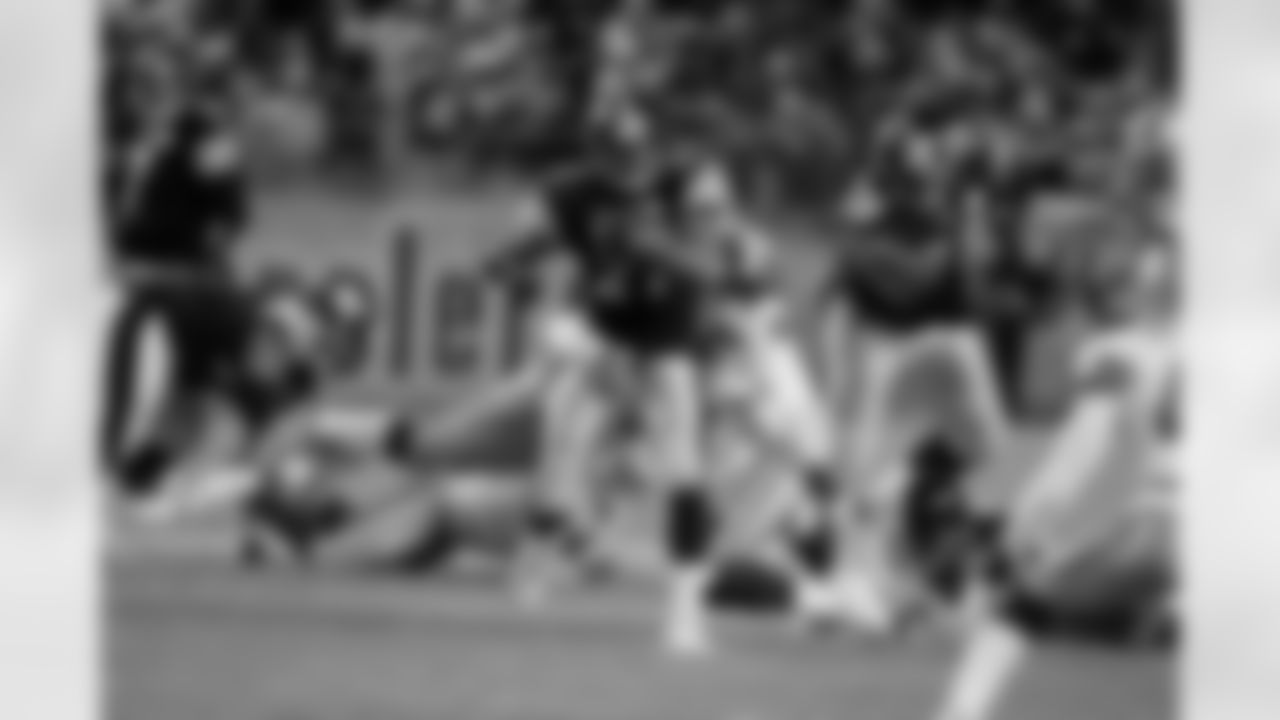
December 7, 2008 - Steelers won 13-20
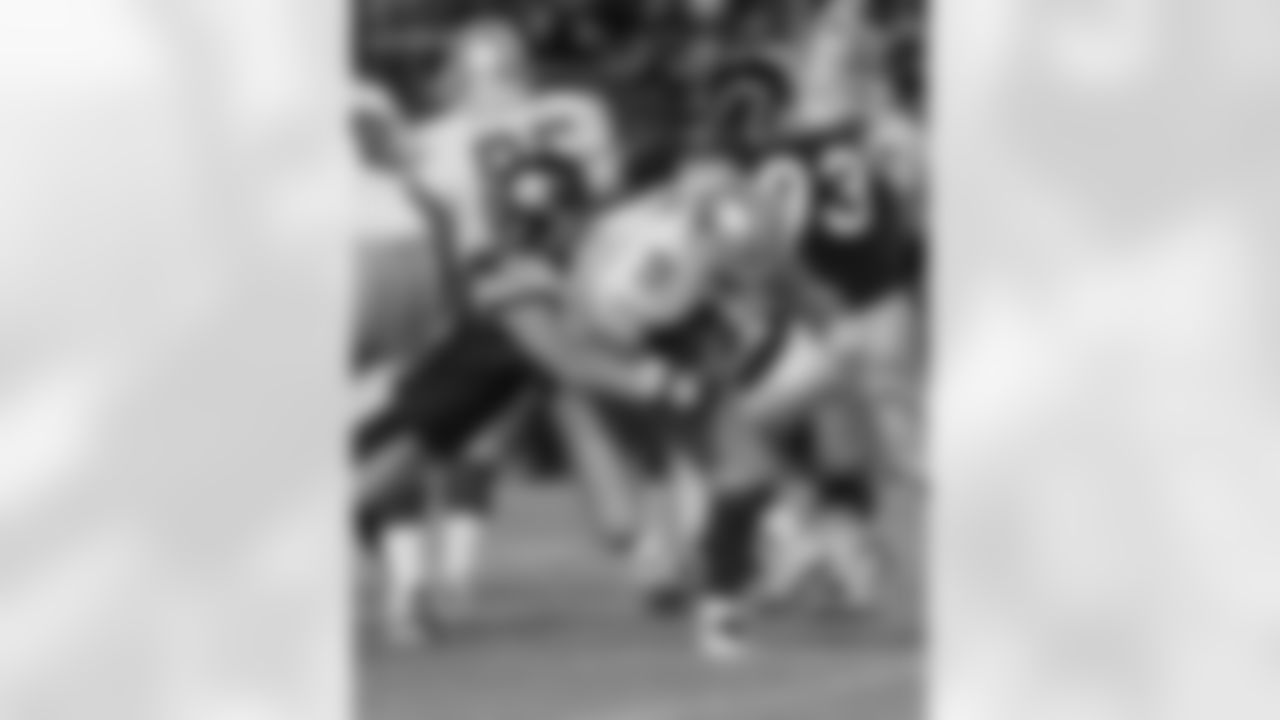
December 7, 2008 - Steelers won 13-20
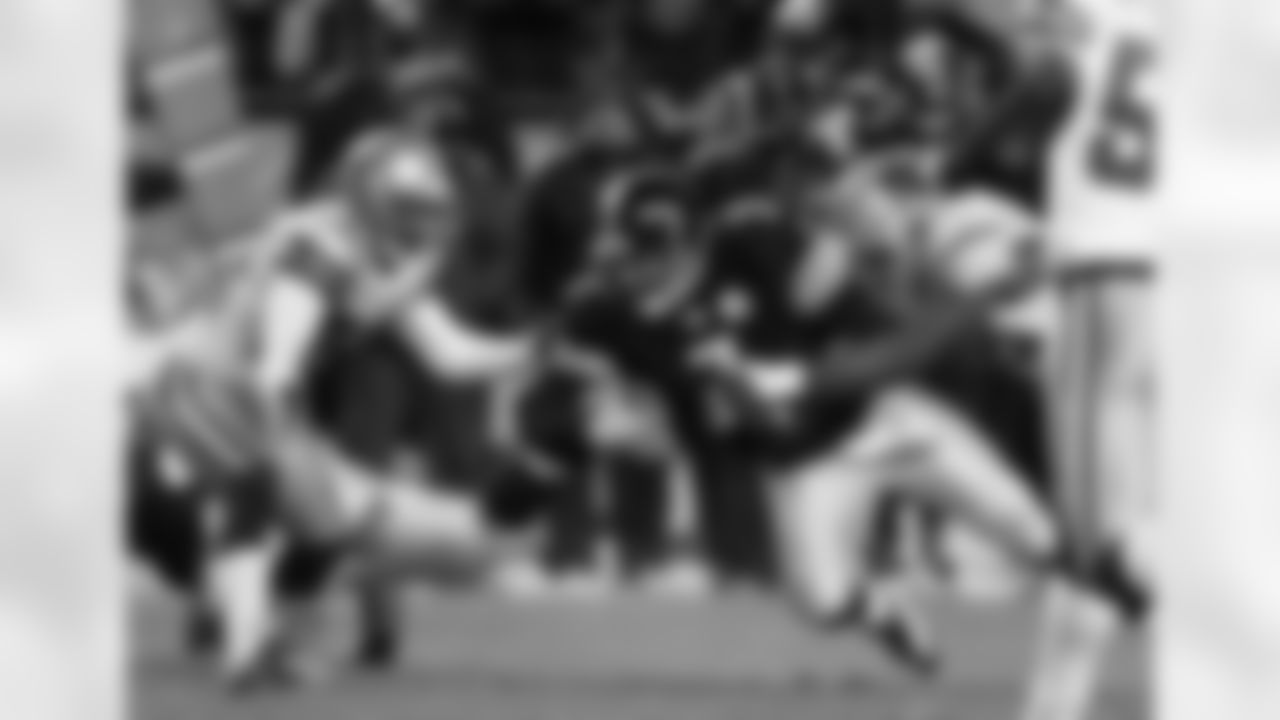
December 7, 2008 - Steelers won 13-20
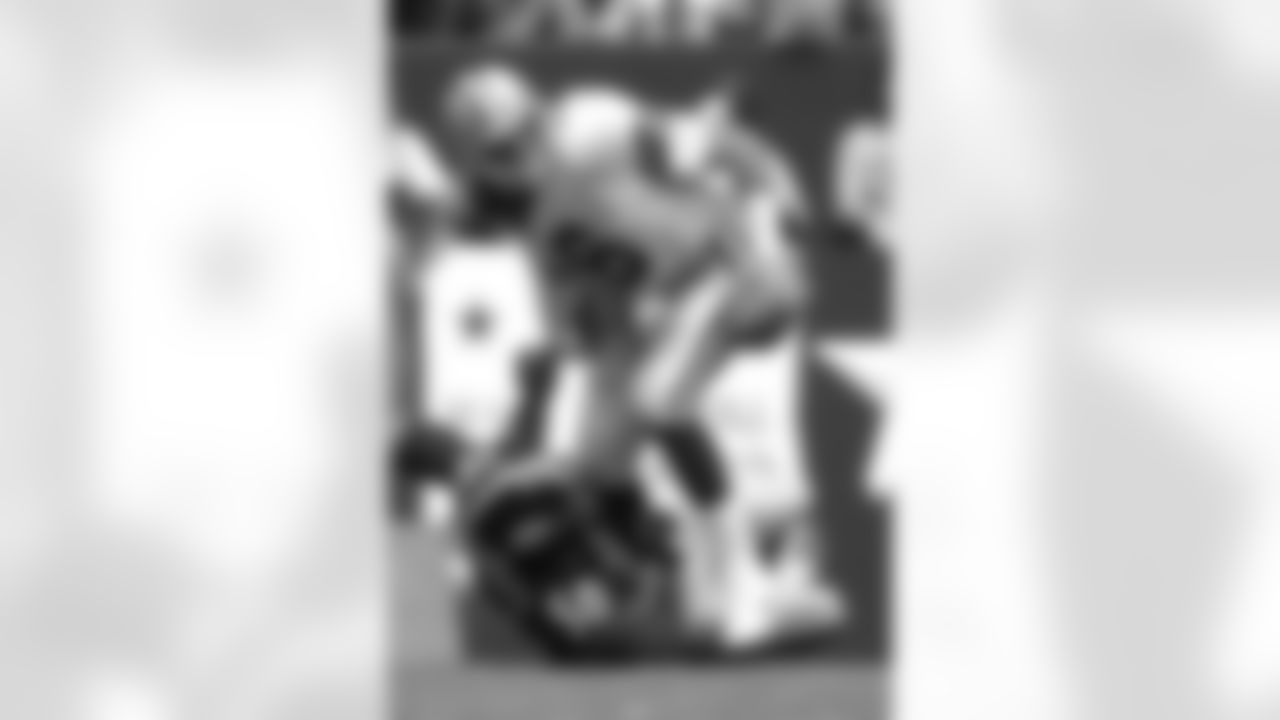
October 17, 2004 - Steelers won 24-20
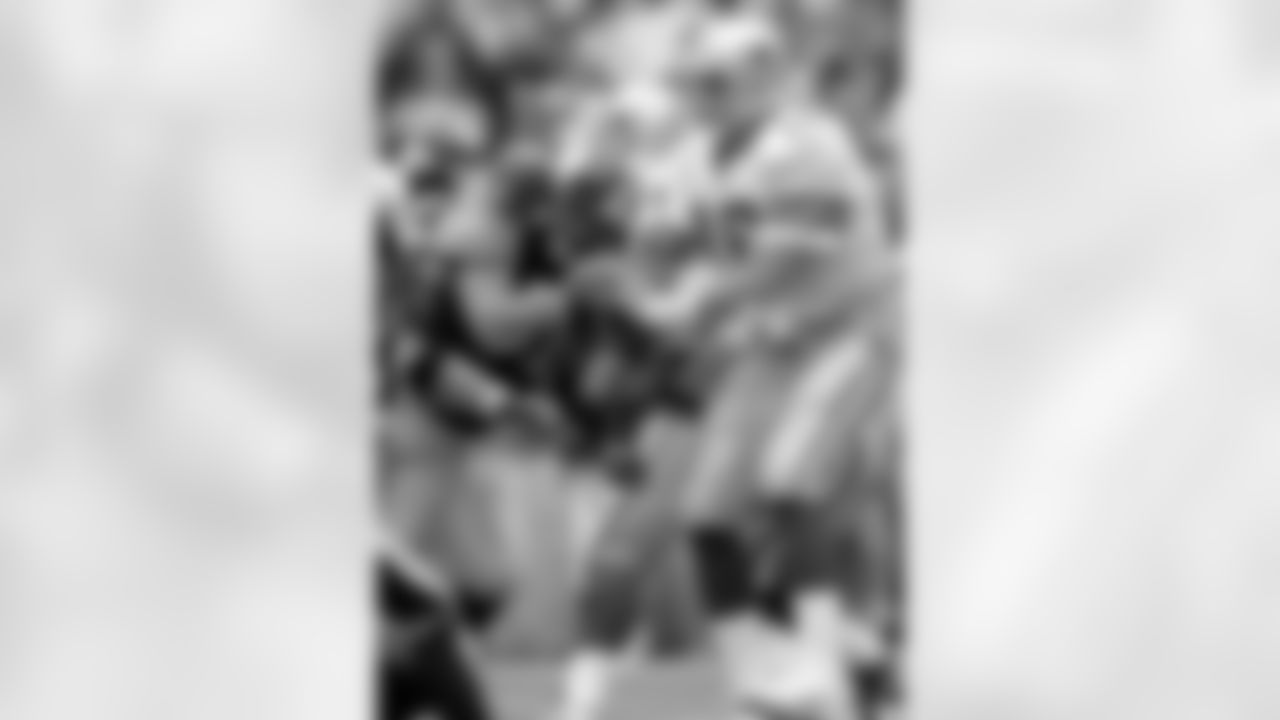
October 17, 2004 - Steelers won 24-20

October 17, 2004 - Steelers won 24-20
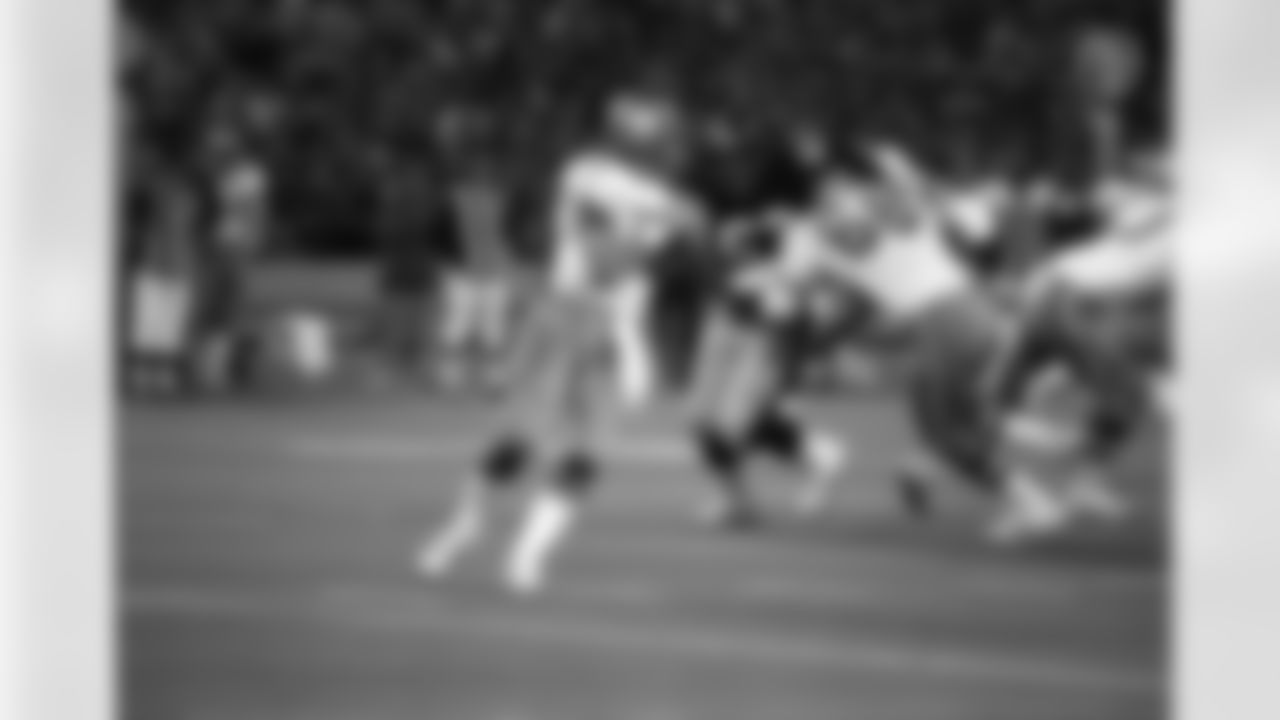
November 20, 1977 - Steelers win 28-13
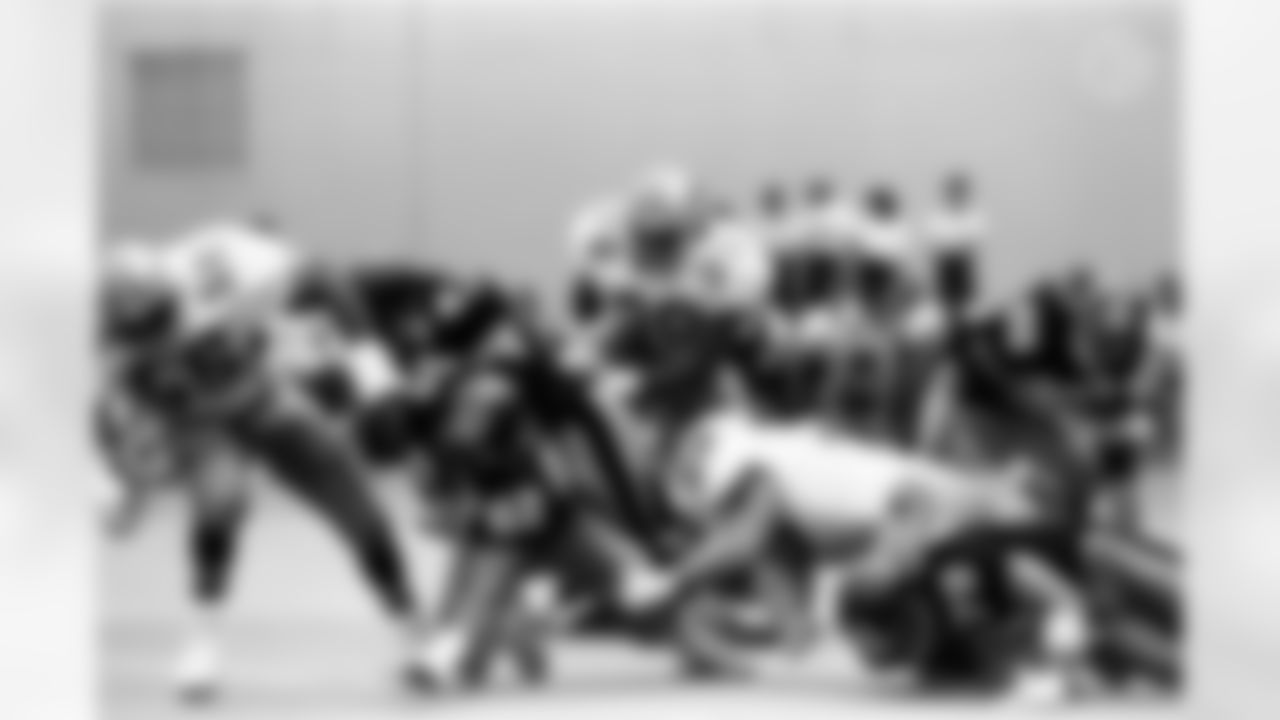
September 4, 1988 - Steelers won 24-21
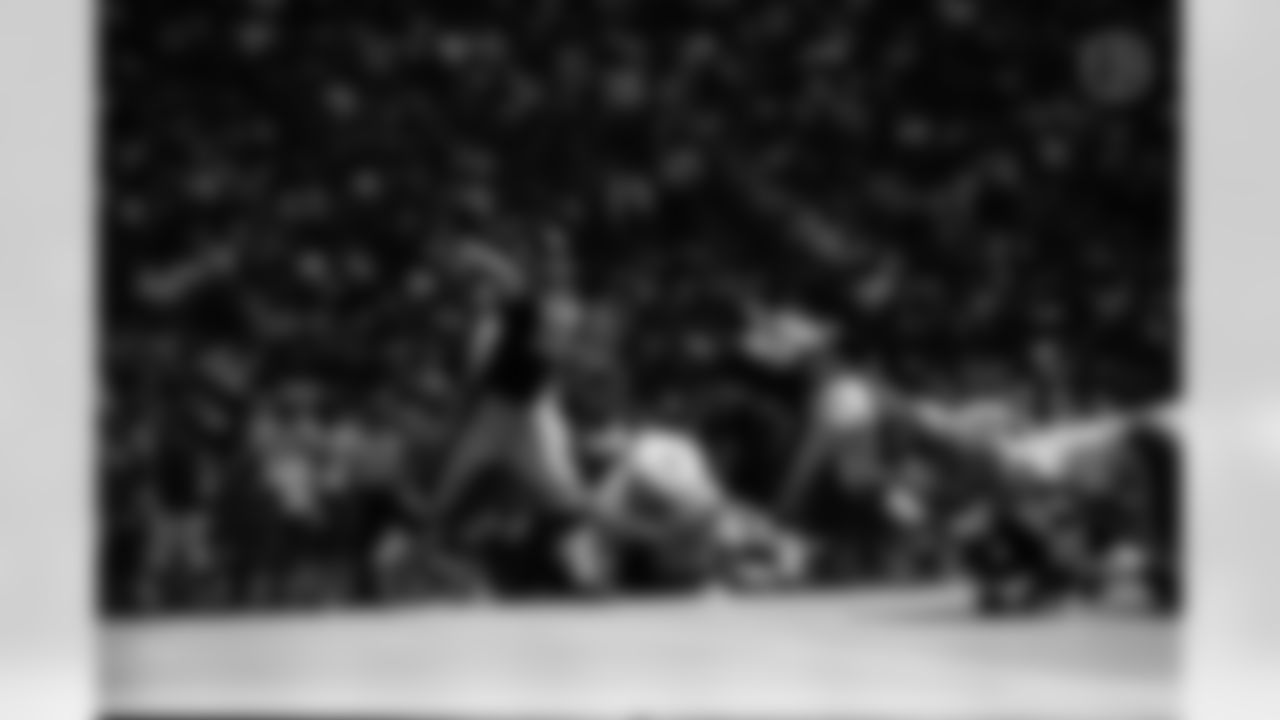
October 8, 1972 - Cowboys win 17-13
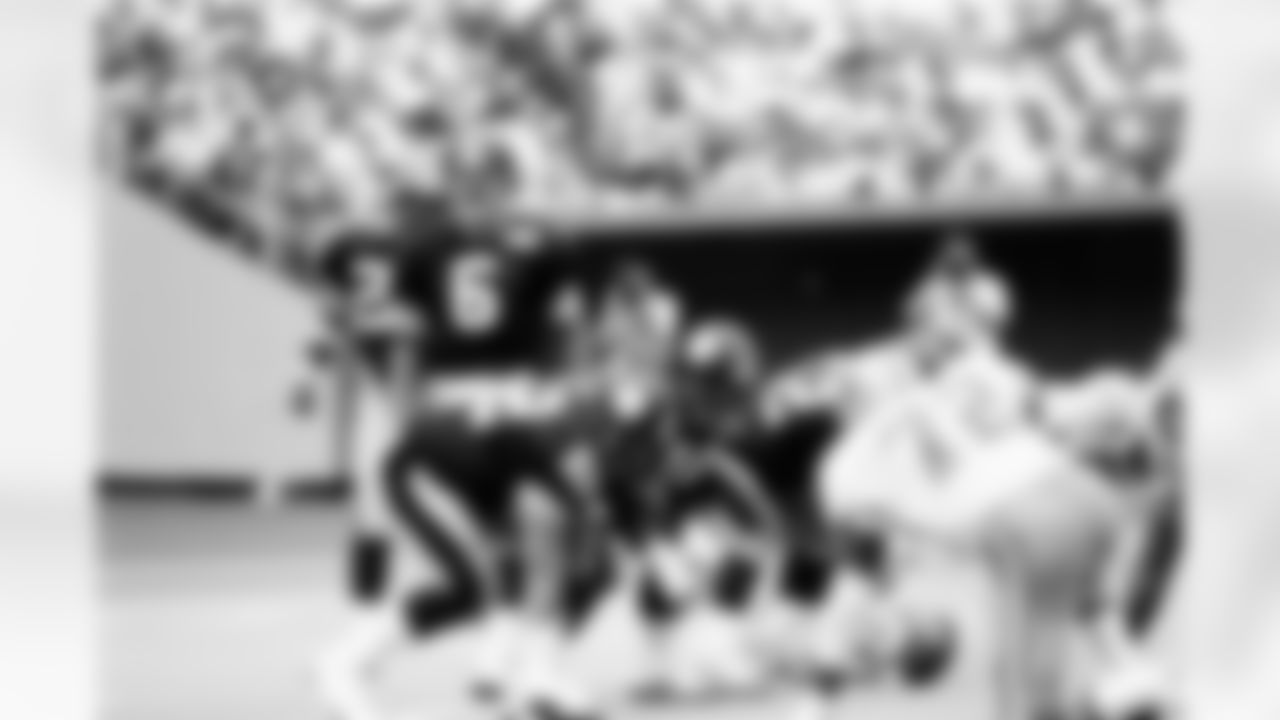
September 4, 1988 - Steelers won 24-21
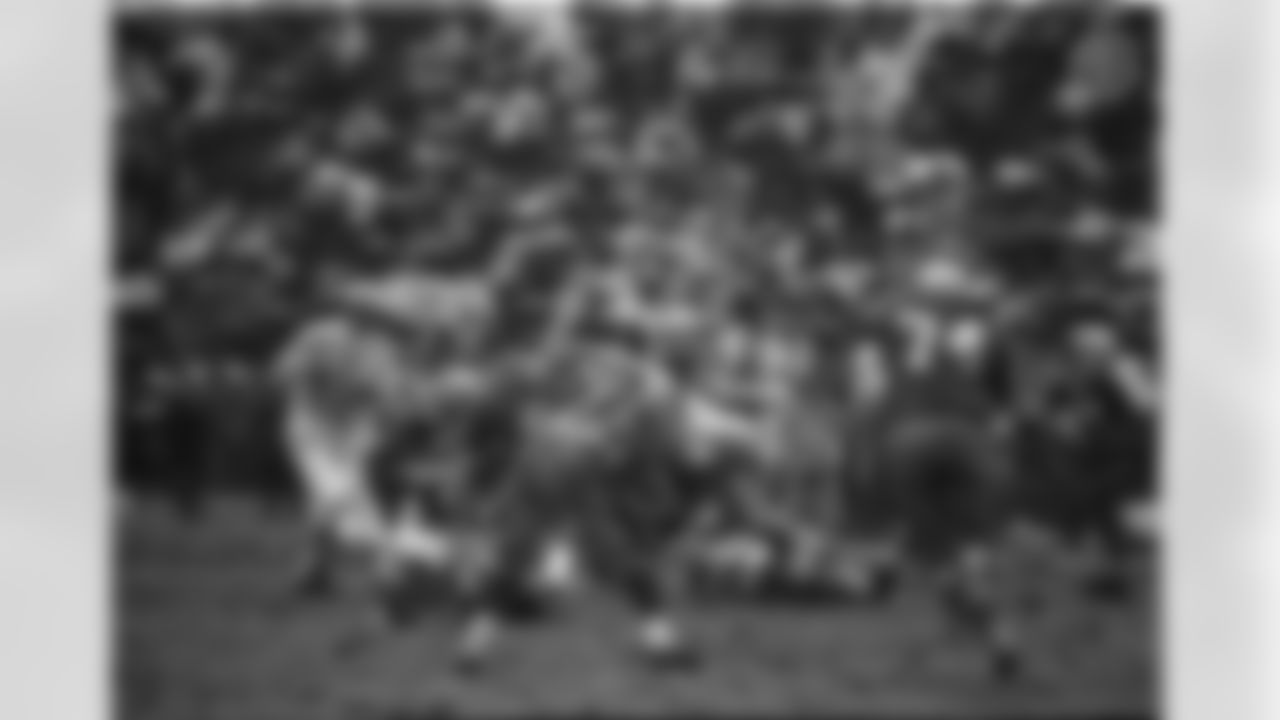
December 7, 1969 - Cowboys win 10-7
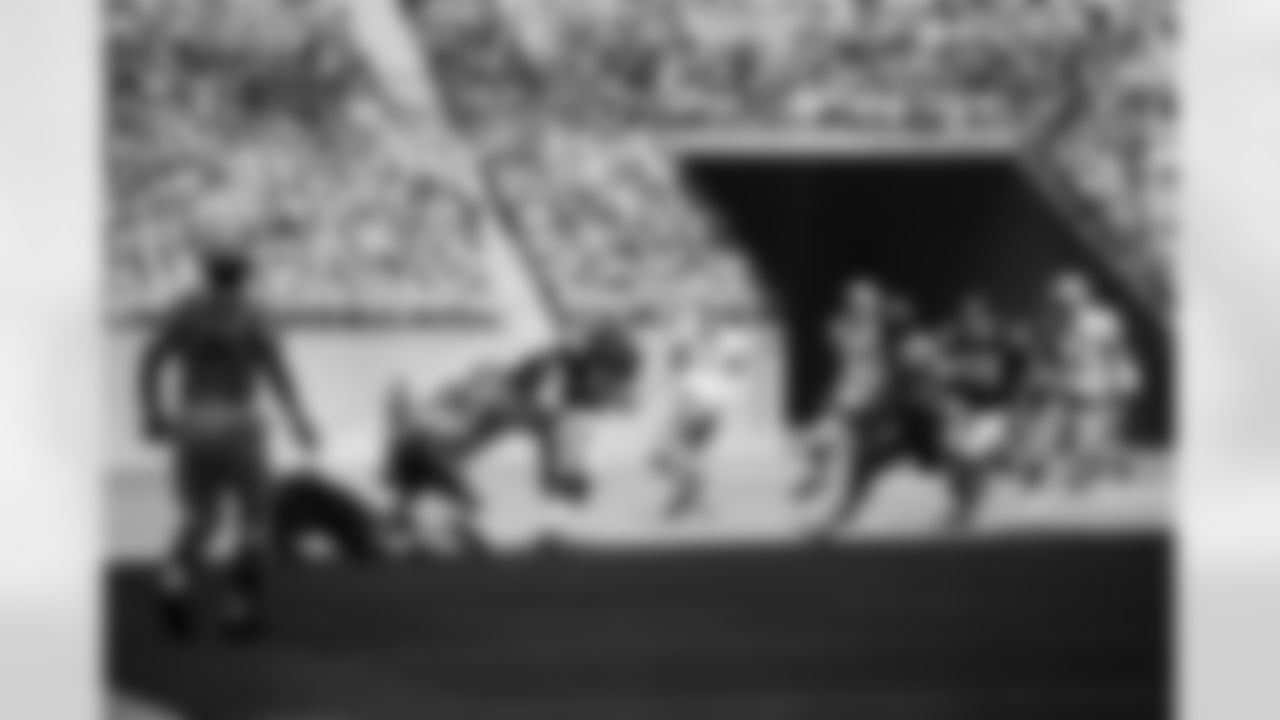
October 8, 1972 - Cowboys win 17-13
The Steelers won Super Bowl IX at the end of the 1974 season by beating the Vikings. Then they beat the Cowboys in Super Bowl X in 1975, during the 1977 regular season, in Super Bowl XIII in 1978, in another regular season game in 1979, and then went on to win Super Bowl XIV after the 1979 season. But as Art Rooney Sr. said back in the day, the Steelers only wanted to be "Pittsburgh's team." And that statement alone seemed to symbolize the acrimony that filtered through not just the players, but the coaching staffs as well.
But it was more than the contrast between the two teams and the two organizations. It was about the steel town toughness of the 'Burgh versus the uptown, flashy night life of Dallas. It was the simplicity of Three Rivers stadium, standing along the confluence of the Monongahela, Allegheny, and Ohio Rivers, contrasting with Texas stadium, with its open roof so "God could watch his favorite team play," as Cowboys linebacker D.D. Lewis once said. It was the Yinzers with their steel-toed boots and hard hats vs. the gaudy belt buckles, cowboy boots, and wide brimmed hats of the Texas cowboys. The oversized and gaudy "Star" painted on the field at the 50-yard line and prominently featured on every Cowboys helmet, instead of the simple Steelers one-side-of-the-helmet decal featuring the hypocycloids of the steel industry.
It didn't stop there. It was the flash and beauty of the Dallas Cowboys Cheerleaders, so popular back then they made appearances on network TV specials like the NBC Rock-n-Roll Sports Classic, The Osmond Brothers Special on ABC, and who can forget the made-for-TV movie, "The Dallas Cowboys Cheerleaders," which aired in January 1979. Of course, the Steelers having no cheerleaders, and not needing any, because in the words of Dan Rooney, "Our fans know when to cheer."
It was the straightforward training approach of Lou Riecke, an Olympic champion weightlifter, who along with Chuck Noll, instituted practical, simplistic weight training routines.
It was the Cowboys who tried to one-up the Steelers legendary strength training success in the 1970s and 1980s by integrating Dr. Bob Ward and his gadget-filled approach to speed-strength and the martial arts. Ward had a highly sophisticated conditioning system that was to become all the rage in the coming years.
It was the pre-snap Dallas "shift," where all five of the offensive lineman would, from a two-point stance, as if they were a choreographed dance troop, stand fully upright before squatting back down to get into their three-point stances. And the Steelers would simply put their hand on the ground from a two-point stance, without any pomp and circumstance.
It was the re-birth of the shotgun snap itself, and because Dallas did it and people assumed it was revolutionary even though it had been used widely in the NFL decades before, Coach Noll refused to embrace it, or even try it. It was the simple hairstyles of the Steelers coaching staff versus some of the Dallas assistant coaches sporting the previously mentioned flamboyant, bouffant hairdos. It was the advent of computers making their way into professional football, which were rapidly embraced by the Cowboys, and their printed out scouting reports vs. the slower, typewritten and mimeographed pages of the Steelers.
It was the natural beauty, solitude, and breezy weather of a Thousand Oaks, California, training camp, which stood in sharp contrast to the suffocating heat and humidity of Latrobe, not to mention the brutality.
In other words, it was all about the perceived "style over substance." Grit vs. gloss, glamorous and glitzy color shots vs. the stark black and white of a steel town.
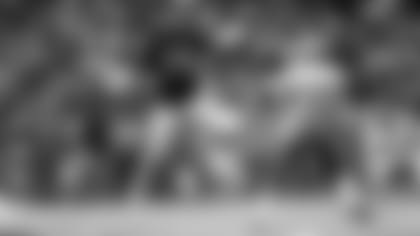
America's Team vs. Pittsburgh's Team.
Oh, it was fun.
It was Mike Webster, before a preseason game, telling us to take it easy on the "Manster," Randy White, as he was getting older. Until the third or fourth play from scrimmage when Randy cheap-shotted Webby, and Mike went crazy and delivered a little "frontier justice."
It was veteran linebacker D.D. Lewis, who I drilled in a game, and who slowly got to his knees after the cheap shot I admittedly took (football was different back then), and said, in a slow Texas drawl, "Boy, I believe I owe you one." Whereupon I laughed and went back to the huddle, forgetting it. That is, only until a couple quarters later when I was bearing down on cornerback Dennis Thurman on a sweep, came within a heartbeat of launching him, when a streak out of the corner of my eye resulted in a thunderous blindside shot, an earhole of a slobber-knocker of a hit, that one-hopped me to Chuck Noll's feet, on the sidelines. And yes, you betcha, it was the very same D.D. Lewis, who waived at me from across the white sideline stripe and said, "Son, I do believe that makes us even."
It was the same Future Hall-of-Fame defensive tackle Randy White and me, yet again, over the course of several games, scrapping and tussling so often during a game, that the ref once remarked in exasperation, that we "needed to start drinking de-caffeinated coffee," after pulling us apart, yet again.
It was beating the Cowboys in the fourth quarter on the season opening Monday Night Football game in 1982 by driving the ball down the throat of the defense in a scorching 90-plus degree game during a Texas drought. It was a sweep to the Cowboys sidelines, launching on a cut block, then falling, rolling over, staggering to my feet, only to bump into the legendary, and former Steelers defensive tackle Ernie Stautner. Ernie, then the Cowboys defensive line coach, was screaming so hard at his tired, drained and cramping defensive protégés, that I could see the purple veins in his still thick neck straining while he was screaming.
It was looking at the proud, exhausted front four of the famous Dallas "Doomsday" defense – Harvey Martin, Randy White, Larry Cole, Ed "Too Tall" Jones – all on their knees waiting for Bradshaw to get under center. And thinking that all I had to do was to get up off the ground one more time than they could. And being thankful for all the intense conditioning we had been through from a just completed and incredibly hot and humid training camp in Latrobe. That extra conditioning of two-a-days, running gassers and 350s three-to-four times a week had fueled a fourth quarter beat down over the Cowboys, who had just returned from a nice, comfortable, humid-free Thousand Oaks training camp.
It was colliding in a huge pileup after a trap block, in a preseason game, when an eerie silence took over momentarily. As we un-piled, there came a growling, a wail of confusion, then a wail of pain, and then out-and-out screaming, when I suddenly came face-to-face with a young free agent who was masked by so much blood, I could barely see his eyes. And the only thing I could think to say to him was, "You need to go to the sidelines man, like right now!"
It was the gritty and hard fought double-teaming of Randy White with the legend himself, Mike Webster, grinding away, only to feel the will of the man we were double-teaming bend, then break as we uprooted, and moved him against his will.
It was Jon Kolb, first staring at me, then shaking his head, after I gave up a sack to the villainous Randy White (we had several go-rounds) a year earlier, three plays into my first start in Dallas. I was stunned, not even sure where White had gone and how badly I whiffed on him, and the surreal roar of the crowd felt suffocating. I was snapped back to reality by Jon telling me I better get back to the huddle quickly, because Bradshaw was going to be honked off.
It was over-reacting during a regular season game at Three Rivers Stadium to a simple question on the sidelines from then offensive coordinator Tom Moore. In the intensity of the moment, (I was always extra jumpy and fiery when I had to play offensive tackle) I misunderstood what he was asking and got angry. And the way Tom talked me down from an intensely stupid response by me, and then pulled me back into the moment, prior to the next series against them Cowboys. (I've always loved Tom Moore and his great coaching abilities. His contributions to Steelers football are greatly underrated).
It was riding post-game in an elevator, and all at once coming face to face with a fedora wearing and truly a Dallas Cowboys legend, Tom Landry. The ultimate gentleman.
It was all of these things and more. Because, you see, the Dallas Cowboys weren't merely a team from Texas. They were America's Team. But what they never could get right, what they couldn't understand, was being America's team wasn't as good as being Pittsburgh's team. When it came down to it, in the biggest of the big matchups in the 1970s, it was Pittsburgh 2-0 in the Lombardi Trophy winner-take-all over the Cowboys. Someone who did get it, who did understand, was the late, great Charlie Daniels, who sang;
"You just go and lay your hand
"On a Pittsburgh Steelers' fan,
"And I think you're gonna finally understand."
Yup.
TALE OF THE TAPE
DATE: Nov. 8, 2020*
TIME: 4:25 p.m.
SITE: AT&T Stadium
SERIES: Cowboys lead, 17-15
IN DALLAS: Cowboys lead, 9-5
IN PITTSBURGH: Steelers lead, 8-7
IN SUPER BOWLS*: Steelers lead, 2-1



